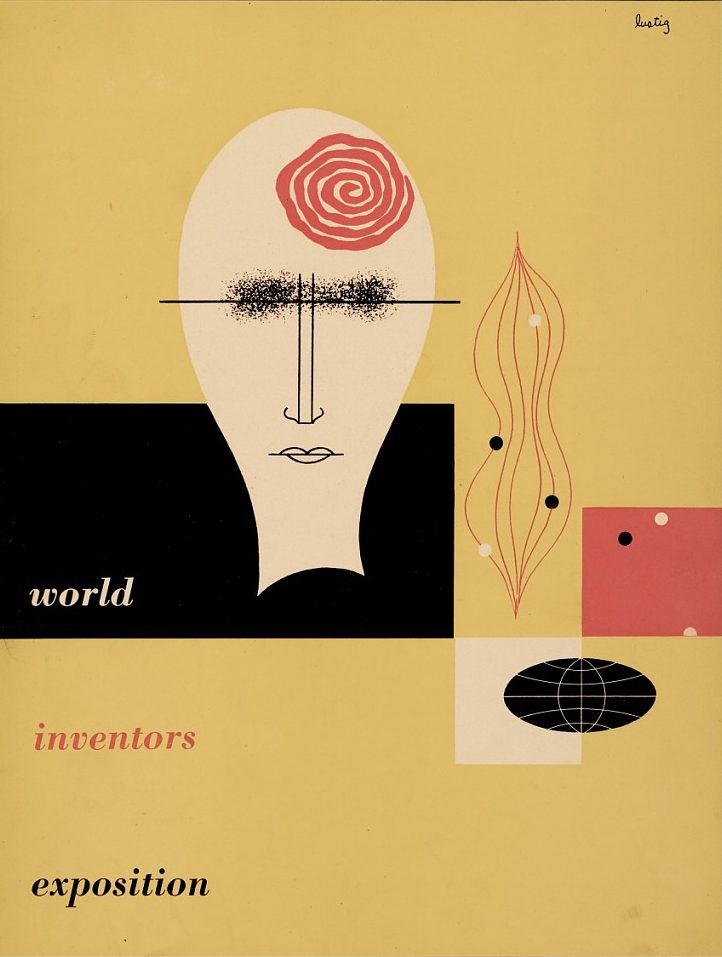– and how and why it makes mistakes
For the last few years I have taught young adults from diverse cultural, social and educational backgrounds. Apart from being great fun and personally highly developmental, this provides me with a fantastic basis for one of my academic interests; namely the neuroscience, or more accurately the neural science, of how the brain learns and how and why it makes mistakes. Whether that is simply getting one’s integrals, differentials and IfThenElse statements confused or how – as in increasing and sometimes tragic cases – thinking-errors or underlying neuro-cognitive disorders propagate into the classic DSM symptoms and diagnoses of schizophrenia, psychosis and bipolar disorder.
I am an engineer by training and cognition so I am not interested in simply understanding such things. As Marx famously, tragically and prophetically noted, the point is not simply to understand the world but to change it. So, my core research objective is how we can practically apply emerging technology and our understandings of the learning process – from gene and embryo onwards – to speeding, broadening and deepening human learning. And at the same time how we can spot early signs of so-called thinking disorders and averting or at least redirecting and alleviating them.
Research approach
This research requires us by definition and as a starting point to identify and understand the processes involved from both top-down and bottom-up perspectives. The latter requires a detailed understanding of the electrochemical circuity of individual neurons, as they grow from embryo stage and establish learning pathways, connections and clusters across the brain. From a top-down perspective, we need to understand the macro-processes of rational thought and its counterpart – so called irrationality[1]: How it is that, despite widespread formal education and the 500-year history (at least) of the scientific method, and thence the Enlightenment, social media also demonstrates the widespread distortions and amplifications of basic cognitive errors? Or at least indicates a distinct lack of pathway definition across the emotional control hubs and response spectra. This combined bottom-up and top-down research approach is now commonly described as neuropsychoanalysis.
Research objectives
My personal goal is to develop practical tools, techniques and applications to help in learning. This requires modelling brain processes and simulating them in software. This is a classically hard problem that has been underway for at least the last 60 years (von Neumann, 1958) and is continued today by a host of research and commercial organisations involved in machine learning. As a practical corollary to my research I am also interested in how emerging AR, VR and other capabilities may be developed and applied in the classroom and elsewhere to help deepen, broaden and speed the human learning process itself. And as an older adult, how these techniques and tools can be applied not just to slow down or even stall cognitive decline but to stimulate life-long learning, cognitive and even spiritual development. How can neuroplasticity and neuron growth be better engineered?
As a closing point, I suggest that there is a core principle at work both in the brain and in machine-learning that few people grasp, and no-one yet understands to any depth, despite Freud’s initial ideas and models over a hundred years ago: That the unconscious part of a network – whether it be silicon or carbon-based – is deeply powerful, extensively parallel in nature in ways not yet understood, and highly extensible. This can be achieved by the application of advanced digital filtering and other methods on input, processing and output components at different levels and dimensions in the network matrix or hierarchy (Compton and Lambert, 1982). Hence the title above.
Thank you for reading, if you are interested in finding out more, then please do connect with me @philiplambert.
————–
Selected reading and references
Betts, Kristen et al. “Neuromyths and evidence-based practices in higher education.” Online Learning consortium (2019)
Chalmers, David. “Facing up to the Hard Problems of Consciousness.” Journal of Consciousness Studies (1995)
Chalmers, David. “Reality+: virtual worlds and the problem of philosophy.” London: Allen Lane (2022)
Clark, Andy. “Whatever next? Predictive Brains, Situated Agents, and the Future of Cognitive Science.” Behavioral and Brain Sciences 36, no. 3 (June 2013): 181–204
Compton, Simon and Lambert, Philip. “Design of Fast Recursive Digital Filters with Butterworth and Chebyshev Magnitude Characteristics.” Bristol University (1982)
Friston, Karl. “The Free-Energy Principle: A Rough Guide to the Brain?” Trends in Cognitive Sciences 13, no. 7 (July 2009): 293–301
Seth, Anil. “Being You. A new science of consciousness.” (2021), Faber & Faber
Shannon, Claude E. A Mathematical Theory of Communication. Urbana: University of Illinois Press (1948)
von Neumann, John. The Computer & the Brain. 3rd ed. New Haven, Conn. ; London: Yale University Press (1958)
Wiener, Norbert. “Cybernetics, or, control and communications in the animal and the machine” (1948).
[1] It can be argued that whilst a person’s or other animal’s actions can be objectively determined to be ‘irrational’ from a third-party individual and collective view, there is no such thing as irrationality. From the subject’s perspective they can do nothing but react to their own internal model of the world and as modified by external and internal signal updates. So, whilst these people might popularly be labelled as ‘irrational’, the term ‘bounded rationality’ is a better way to describe their experience and actions; as such, the phenotypes of ‘madness’ in its multivarious forms is a problem of model tuning and parameter weightings; there is no such thing as ‘madness’, only poorly tuned or damaged neural networks in the brain. The concept of bounded rationality is related to but different from the well-known philosophical concept of determinism.

designed by Alvin Lustig
Date: ca. 1947
Creator: Lustig, Alvin, 1915-1955